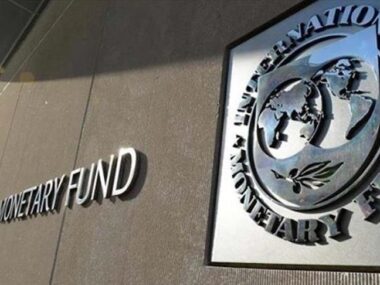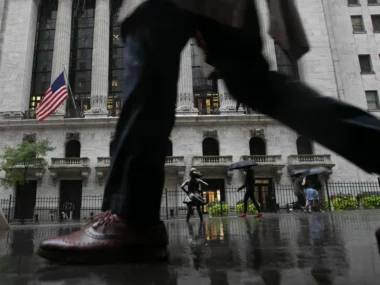The greenback is regaining strength following a turbulent 2023, as Wall Street adjusts its expectations for interest rate cuts.
The US Dollar Index, which measures the dollar against several major currencies, has risen by 2.8% so far this year as of Friday morning. Last November, the US currency experienced a decline and ended the year lower against a basket of currencies, as investors anticipated interest rate cuts by the Federal Reserve. However, Fed Chair Jerome Powell indicated in January that interest rate cuts are unlikely to commence in March, contrary to widespread investor expectations.
Recent robust economic data has supported the view that the Fed will maintain higher interest rates for a longer duration. The economy added an impressive 353,000 jobs in January, underscoring the resilience of the labor market despite elevated rates. Additionally, the Consumer Price Index increased by 3.4% annually in December, surpassing the central bank’s 2% target.
A stronger dollar poses challenges for American companies that derive a significant portion of their revenue from overseas operations, as it translates to fewer dollars when converting earnings from other currencies like the euro. However, it can also lead to reduced spending on imported goods for US companies and consumers, while enhancing purchasing power for Americans traveling abroad.
The trajectory of the greenback is influenced by monetary policy decisions of other countries as well. Although the European Central Bank maintained rates in January, any indications from ECB President Christine Lagarde regarding a potential rate cut later in the year could further bolster the dollar’s strength.
Higher interest rates typically attract more international capital into a country, increasing demand for the currency and driving up its value. The 10-year US Treasury yield has also risen above 4% this year, as investors adjust their rate expectations, further supporting the US currency.
Minneapolis Fed President Neel Kashkari suggested in an essay published Monday that rates may have reached a higher neutral level following the Covid pandemic, allowing the Federal Open Market Committee more time to evaluate economic data before considering rate cuts.
However, Todd Jones, chief investment officer at Gratus Capital, anticipates a downward trend for the dollar as the Fed approaches rate cuts. According to the CME FedWatch Tool, investors widely anticipate rate cuts to begin in May or June.
Assuming inflation continues to moderate and the economy stabilizes without significant disruptions, this outlook could create an optimal scenario for markets, characterized by steady growth and stability.
The Red Sea crisis is causing significant disruptions to international trade.
Attacks on ships in the Red Sea have been causing a lot of trouble for one of the world’s most important trade routes. The big shipping company Maersk said the problem could last for a year.
Iran-supported Houthi fighters increased their attacks on ships in late November to get back at Israel for their fighting with Hamas.
My colleague Anna Cooban reports that the delays and extra costs for shipping companies are causing worries. People who are already having a hard time because of high prices might have to pay even more.
Many big container ships have left the Red Sea and Suez Canal, according to Richard Meade, who is the main editor of Lloyds List, a shipping publication. The ships that carry things from Asia to Europe are taking longer routes to avoid a certain area.
The Suez Canal is very important. It connects the Red Sea and the Mediterranean Sea and is used for a lot of world trade, including oil and shipping containers. About 10-15% of world trade and 30% of container shipping goes through the canal.
Yellen remarked that the emergence of vacant office buildings would inevitably lead to banking strain.
According to Treasury Secretary Janet Yellen, the anticipated rise in vacancies in commercial real estate is likely to pose some challenges for smaller banks. However, she reassured that this situation is not perceived as posing a systemic risk to the nation’s financial system, as stated by my colleague Alicia Wallace.
During her testimony before the Senate Banking Committee, Yellen indicated that while exposure for large banks is minimal, smaller banks may experience stress due to factors such as high vacancy rates in office buildings, elevated interest rates, and declining valuations.
Yellen acknowledged the inevitability of stress and potential losses associated with this scenario, but emphasized that the overall financial system remains well-capitalized. She affirmed that while certain banks may be impacted, the broader US financial system maintains its stability.











